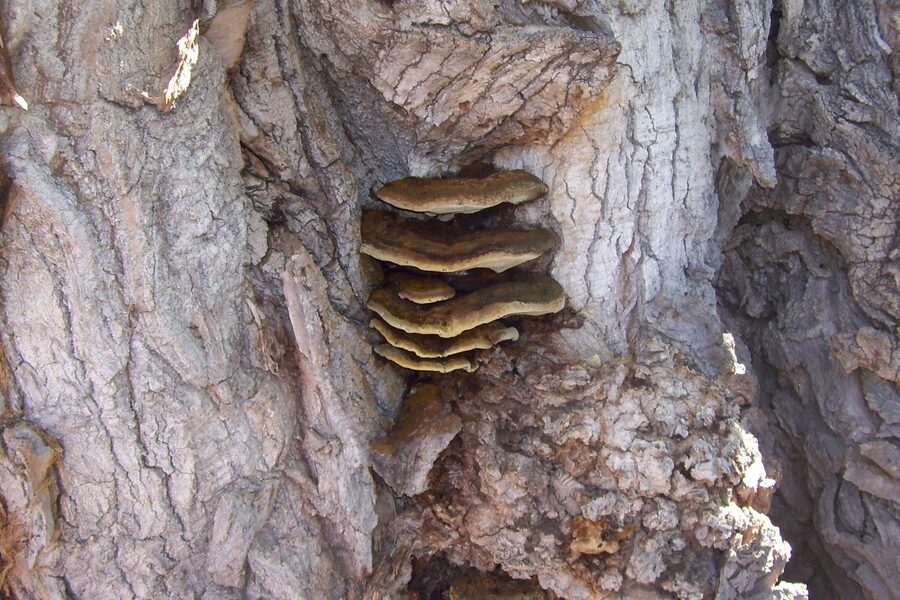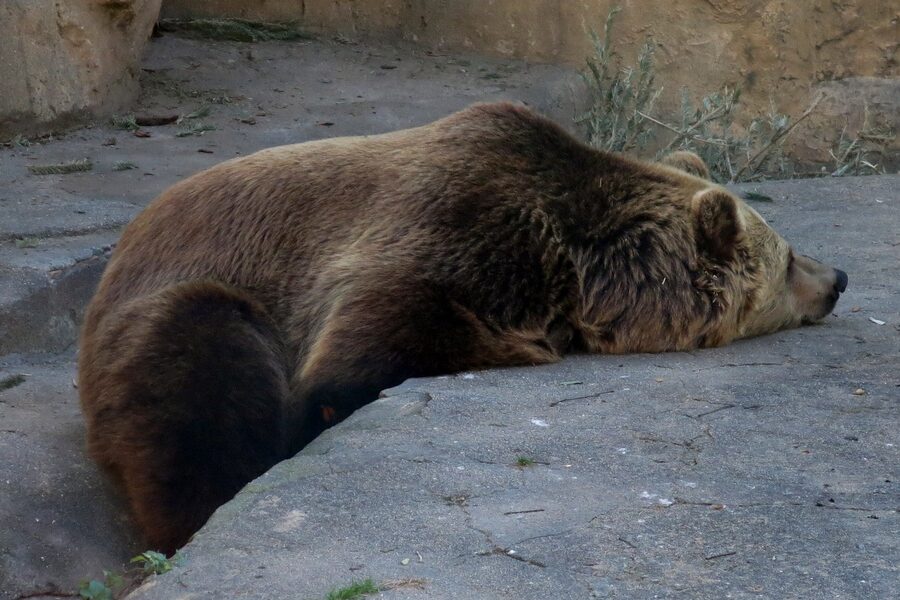The boreal forest spans vast swaths of the Northern Hemisphere, where stands of spruce, fir and birch support a varied community of animals adapted to long winters and short summers. From foraging on berries and insects to hunting small mammals, many species here use flexible diets to survive shifting seasons.
There are 24 boreal forest omnivores, ranging from American black bear to White-winged crossbill. For each species you’ll find below the following columns: Scientific name, Diet (main items), Weight (kg), so you can quickly compare feeding habits and typical mass as you scroll through the list you’ll find below.
How do omnivores in the boreal forest cope with scarce winter food?
Most shift diets seasonally, eating more roots, bark, seeds and cached food in winter and switching to insects, fruit or small vertebrates in warmer months; fat reserves and reduced activity also help them bridge lean periods.
Which species should people be most cautious about encountering?
Large omnivores like the American black bear can be dangerous if surprised or if food-conditioned, so store food securely and give wildlife space; smaller omnivores rarely pose direct threats but can carry parasites or damage property if attracted by scraps.
Boreal Forest Omnivores
| Common name | Scientific name | Diet (main items) | Weight (kg) |
|---|---|---|---|
| American black bear | Ursus americanus | Berries, insects, small mammals; seasonally fish | 40–250 |
| Brown bear | Ursus arctos | Berries, roots, fish; seasonal meat and carrion | 80–680 |
| Red fox | Vulpes vulpes | Small mammals, berries, insects; scavenges seasonally | 3–14 |
| Coyote | Canis latrans | Small mammals, fruits, insects; opportunistic scavenger | 7–21 |
| American marten | Martes americana | Small mammals, berries, insects; caches food | 0.60–1.40 |
| Pine marten | Martes martes | Small mammals, berries, eggs; arboreal forager | 0.70–1.50 |
| Sable | Martes zibellina | Small mammals, berries, insects; seasonal fruit consumption | 0.90–1.50 |
| Raccoon | Procyon lotor | Aquatic prey, fruits, invertebrates; shoreline forager | 6–12 |
| Northern flying squirrel | Glaucomys sabrinus | Fungi, seeds, insects; caches fungal sporocarps | 0.04–0.09 |
| Red-backed vole | Myodes rutilus | Seeds, fungi, insects; seasonal diet shifts | 0.02–0.05 |
| Arctic ground squirrel | Urocitellus parryii | Plants, seeds, insects; stores food for hibernation | 0.60–1.60 |
| Common raven | Corvus corax | Carrion, eggs, fruits; opportunistic omnivore and scavenger | 0.70–1.60 |
| Gray jay | Perisoreus canadensis | Insects, berries, carrion; caches food year-round | 0.06–0.10 |
| Black-billed magpie | Pica hudsonia | Insects, carrion, seeds; omnivorous corvid scavenger | 0.21–0.33 |
| Bohemian waxwing | Bombycilla garrulus | Berries, insects; frugivore in winter, insectivore in summer | 0.05–0.07 |
| Black-capped chickadee | Poecile atricapillus | Insects, seeds, berries; caches food for winter | 0.01–0.01 |
| Red-breasted nuthatch | Sitta canadensis | Insects, seeds; forages on conifers year-round | 0.01–0.02 |
| Siberian jay | Perisoreus infaustus | Insects, berries, small vertebrates; caches food | 0.03–0.04 |
| Pine grosbeak | Pinicola enucleator | Seeds, buds, insects; frugivore-seedeater with insect feeding in summer | 0.06–0.09 |
| Common redpoll | Acanthis flammea | Seeds, insects; eats seeds in winter, insects in summer | 0.02–0.03 |
| White-winged crossbill | Loxia leucoptera | Conifer seeds, insects; specialized cone feeder, takes insects when breeding | 0.06–0.09 |
| Eurasian red fox | Vulpes vulpes (Eurasian populations) | Small mammals, berries, insects; broad seasonal diet | 3–14 |
| European pine marten | Martes martes (Eurasia) | Small mammals, berries, birds’ eggs; arboreal omnivore | 0.70–1.50 |
| Boreal redpoll (lesser redpoll populations) | Acanthis cabaret (populations overlapping boreal) | Seeds, insects; opportunistic in boreal breeding areas | 0.02–0.03 |
Images and Descriptions
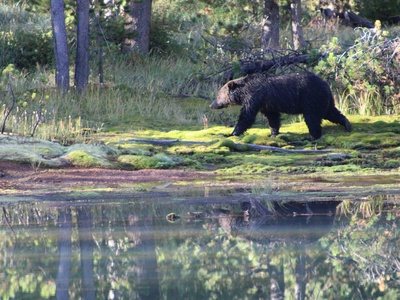
American black bear
Widespread across North American boreal forests; omnivorous generalist that eats plants, insects and animals, scavenge carrion and fish where available. Important seed disperser and nutrient transporter, shaping understorey regeneration and food webs.
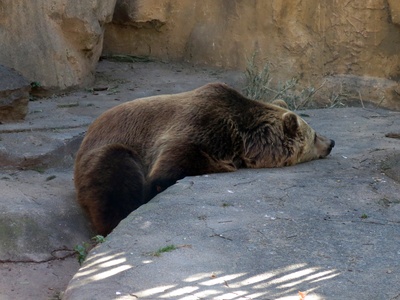
Brown bear
Found through Eurasian and North American taiga; feeds on vegetation, berries and salmon where present, plus carrion. Keystone omnivore that links marine and forest ecosystems and affects nutrient distribution and prey populations.

Red fox
Common in boreal margins and clearings; opportunistic predator and scavenger that also eats fruits and invertebrates. Controls rodent populations, disperses seeds inadvertently, and adapts diet with seasonal food availability.
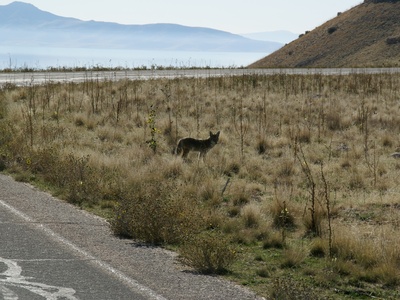
Coyote
Expanding into boreal and forest-edge habitats in North America; flexible omnivore that hunts rodents, forages for fruits and scavenges. Influences mesopredator dynamics and seed dispersal on boreal edges.
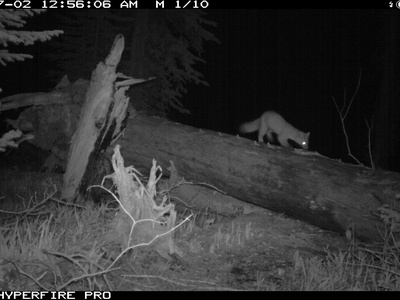
American marten
Arboreal mustelid of North American boreal forests that eats rodents, birds, insects and fruit. Plays dual role as predator and seed consumer, influencing prey populations and aiding fungal/seed movement through caching.
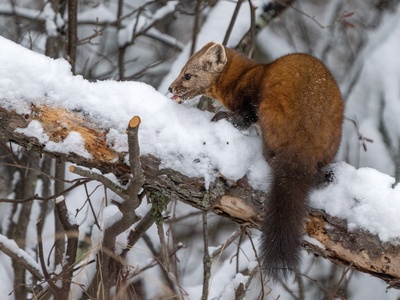
Pine marten
Widespread in Eurasian taiga; forages in trees and on ground for rodents, birds’ eggs, insects and fruit. Acts as both predator and frugivore, affecting small mammal populations and seed fate.
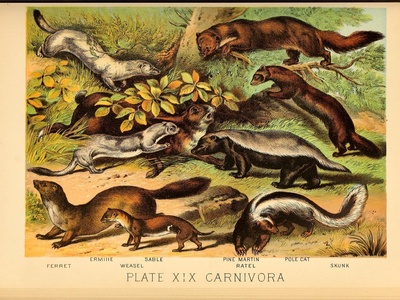
Sable
Siberian taiga specialist omnivore that preys on rodents and insects and eats berries when available. Important predator of small mammals and occasional seed disperser in boreal understory communities.

Raccoon
Occurs in boreal wetlands and forest edges in parts of its range; highly opportunistic omnivore that feeds on crustaceans, eggs, insects and berries. Influences invertebrate communities and can impact nesting birds.
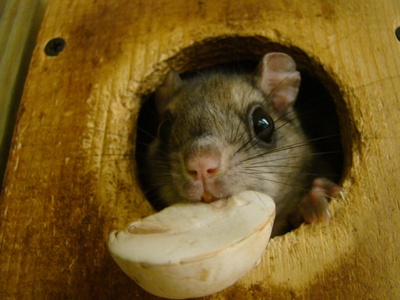
Northern flying squirrel
Nocturnal arboreal rodent in North American boreal forests that eats fungi, seeds and insects. Important mycorrhizal spore disperser and seed cacher, supporting tree-fungi mutualisms and nutrient cycling.

Red-backed vole
Small rodent of boreal understorey that consumes seeds, fungal mycelia and invertebrates. Key prey for many predators and contributes to seed predation/dispersal and fungal spore movement in taiga soils.

Arctic ground squirrel
Lives in tundra-edge and some boreal openings; omnivorous forager that eats vegetation and invertebrates and caches food. Burrowing alters soil structure and nutrient turnover, affecting local plant communities.
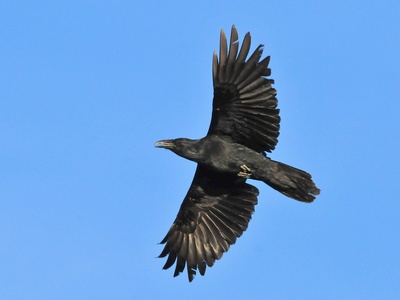
Common raven
Widespread resident of boreal forests; omnivorous corvid that scavenges carrion, raids nests and eats fruit and insects. Important scavenger and behavioral engineer influencing carcass use and nest predation dynamics.
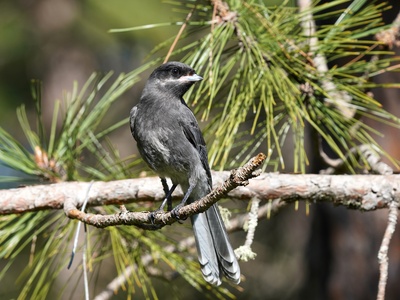
Gray jay
Resident of boreal coniferous forests; caches insects, meat and berries for winter, forages on carrion and plant matter. Storage behavior supports winter survival and indirectly moves seeds and nutrients across the landscape.

Black-billed magpie
Found in boreal openings and edges in North America; eats invertebrates, small vertebrates, eggs, carrion and seeds. Scavenging and nest-raiding influence small vertebrate reproduction and carcass decomposition.

Bohemian waxwing
Breeds across boreal forests and migrates irregularly; feeds heavily on berries in winter and switches to insects during breeding. Important for long-distance seed dispersal of berry-producing shrubs across taiga.
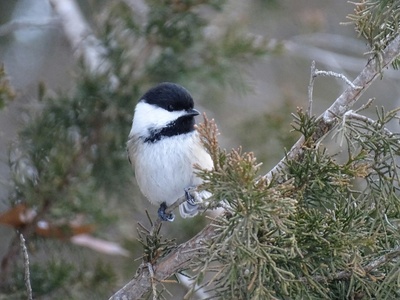
Black-capped chickadee
Common boreal understory bird that gleans insects in summer and consumes seeds and buds in winter. Caching and insect predation influence arthropod populations and seed fate at fine scales.

Red-breasted nuthatch
Conifer specialist in boreal forests that eats insects in breeding season and seeds in winter. Extracts seeds from cones and aids in controlling bark- and cone-infesting insects.
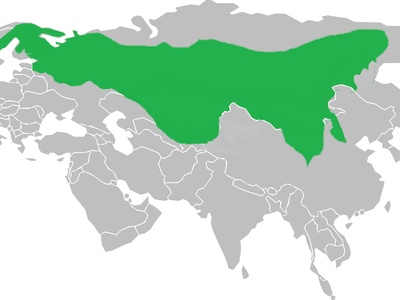
Siberian jay
Resident of Eurasian taiga that forages on insects, berries and occasionally small vertebrates, caching items for lean months. Acts as seed mover and persistent winter consumer, influential in predator-prey interactions.
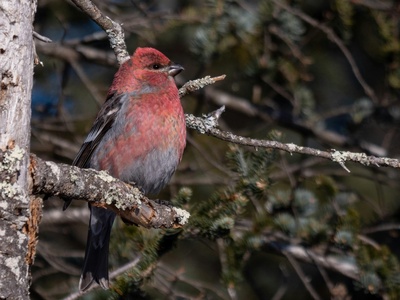
Pine grosbeak
Breeds in high-latitude boreal forests; eats seeds and buds much of the year and supplements diet with insects when breeding. Affects cone and berry seed dynamics and serves as prey for raptors.
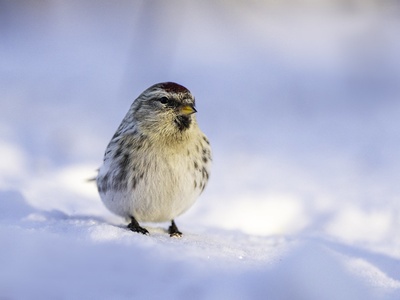
Common redpoll
Small finch of northern boreal zones that feeds on alder and birch seeds and takes insects during breeding. Population irruptions influence seed predation and provide prey pulses for predators.

White-winged crossbill
Breeds and winters in boreal conifer forests during cone mast years; extracts seeds from cones and consumes insects in the nesting season. Critical consumer of conifer seeds and agent of cone-turnover.
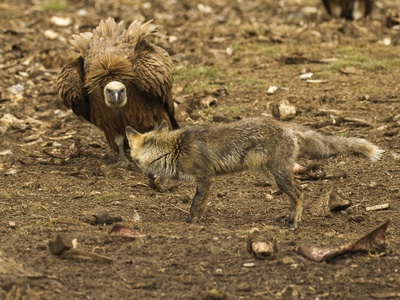
Eurasian red fox
Widespread across Eurasian boreal forests; adaptable omnivore feeding on rodents, birds, fruits and invertebrates. Influences small mammal cycles, disperses seeds, and scavenges carrion in taiga ecosystems.

European pine marten
Common in Eurasian boreal woodlands; hunts rodents and birds while eating fruit and invertebrates seasonally. Acts as a mesopredator and frugivore affecting seed fate and nest success.
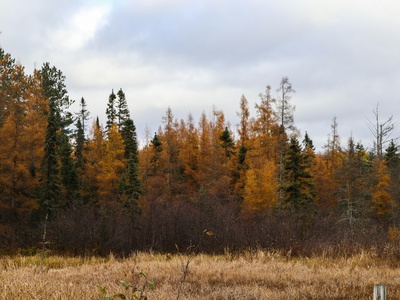
Boreal redpoll (lesser redpoll populations)
Occurs in northern birch and willow zones within the boreal; consumes seeds heavily in winter and takes insects during breeding, contributing to seed predation and insect population control.




